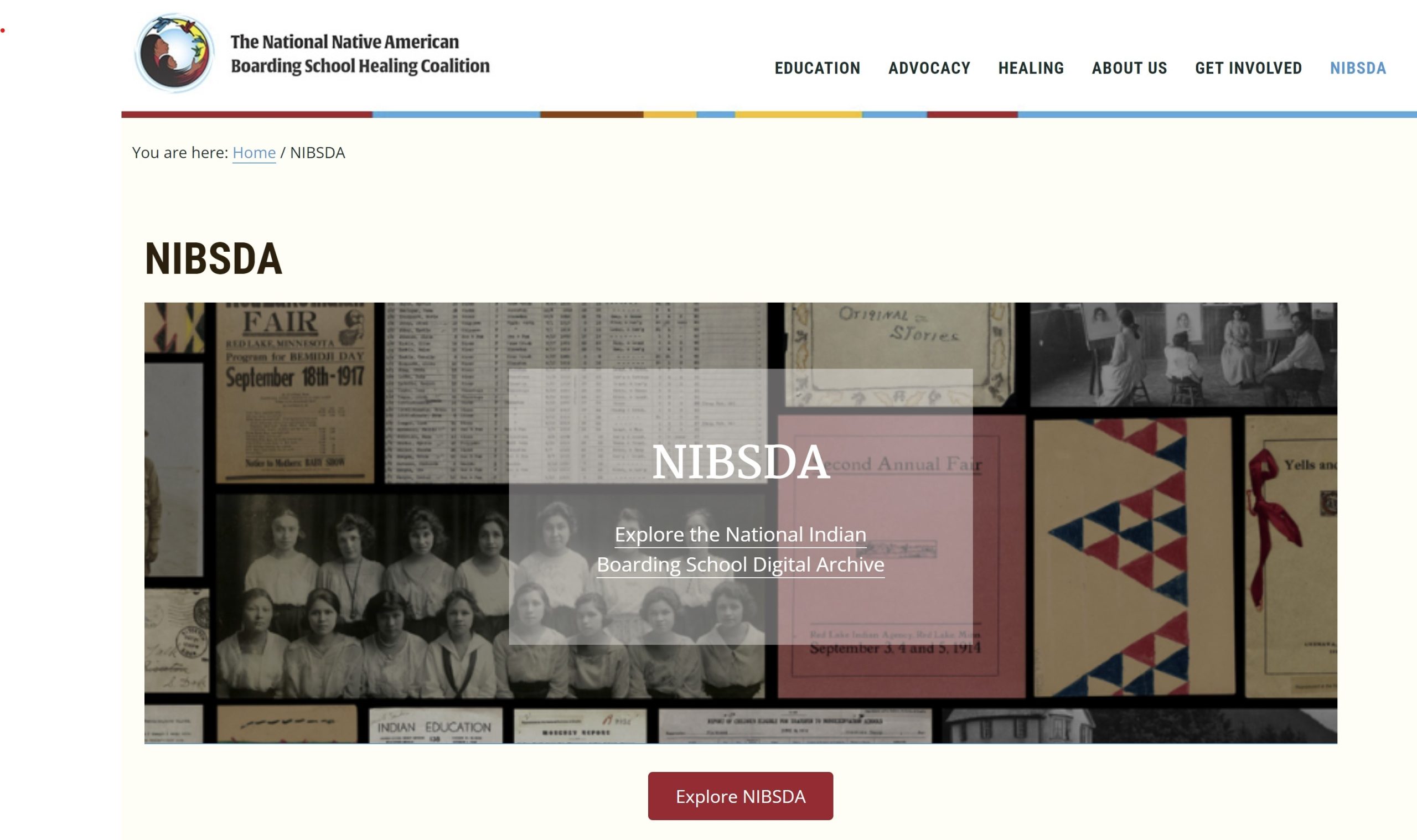Podcast: Play in new window | Download | Embed
Statistics show homelessness in South Dakota may be down overall, but the state’s urban areas are an exception.
New programs in Sioux Falls aim to address it.
More from Kathleen Shannon.
The most recent point-in-time data show the number of people unhoused in Sioux Falls rose by 20% between 2022 and 2023.
Native people experience homelessness at a disproportionately high rate, making up nearly 40% of the unhoused population in the area.
So South Dakota Urban Indian Health launched the Wo’Okiye program last year, with case management services and help making and getting to medical appointments.
Program manager and Standing Rock Sioux Tribe member Monica Bailey says these wraparound services give staff a variety of options to respond.
“If they want to go to treatment or if they want to talk. We also provide smudging, therapeutic beading and sewing. We just meet people where they’re at on their journey.”
Bailey says the organization is averaging 1,300 contacts a month – an increase from about 260 last September, after launching its initial street outreach efforts a year ago.
The City of Sioux Falls also hired its first Homelessness Services Coordinator in April.
Bailey says Wo’Okiye will work closely with the coordinator, and has partnered with others in the city.
“For example, we have a great relationship with downtown Sioux Falls Library, where they can call us and we can go in and check on someone, and bring them to our space or see if we need to do a warm handoff.”
The unhoused population in Rapid City also grew last year, although homelessness across the state has decreased nearly 8% since 2022, according to the U.S. Department of Housing and Urban Development.
 The National Native American Boarding School Healing Coalition (NABS) has launched the National Indian Boarding School Digital Archive, which is a database on Indian boarding schools.
The National Native American Boarding School Healing Coalition (NABS) has launched the National Indian Boarding School Digital Archive, which is a database on Indian boarding schools.
Its aim is to preserve and bring to light the history of U.S. Indian boarding schools.
Over the last four years, the coalition has been compiling and digitizing records from Indian boarding schools.
According to NABS, through the database, survivors, families, researchers, educators, tribal leaders, and the public will have access to information that allows them to gain a better understanding of what happened at Indian boarding schools.
The digital repository includes documents, photographs, and oral histories, which will offer insights into the experiences of those who attended the institutions and the impact they’ve had on Native communities.
NABS CEO Deborah Parker says the initiative marks a significant milestone in their commitment to truth, healing, and justice.
She says the majority of all Indian boarding school records are currently not available to the public and that by making these records accessible, they’re taking a big step towards honoring the history and strength of Native peoples.
Their research has identified 523 Indian boarding schools across the U.S. Information and access to the digital archives can be found online.
 Red Lake Nation College is celebrating its grand opening of its new campus is located in downtown Minneapolis, Minn.
Red Lake Nation College is celebrating its grand opening of its new campus is located in downtown Minneapolis, Minn.
According to college officials, its intent is to fill a void in higher education by offering affordable higher education grounded in Ojibwe language and culture to Native students in the heart of Minneapolis.
The college is an accredited two-year tribal college located on the Red Lake Nation in Northern Minnesota.
It’s delivered courses through distance learning to downtown Minneapolis students since 2021.
The new site, completed in the spring of 2024, will provide state-of-the-art facilities and education services to support student success.
Dan King, president of the college says the grand opening represents a significant step towards providing accessible education to Native American communities living in urban areas.
He says by establishing the Minneapolis location, they’re pioneering a new era of tribal college presence in major metropolitan centers – preparing students for success in the job market.
The grand opening will take place on June 6.
Get National Native News delivered to your inbox daily and stay up-to-date on the 2024 Native Vote. Sign up for our daily newsletter today.



